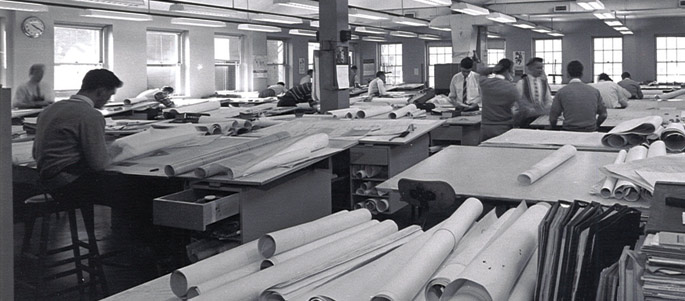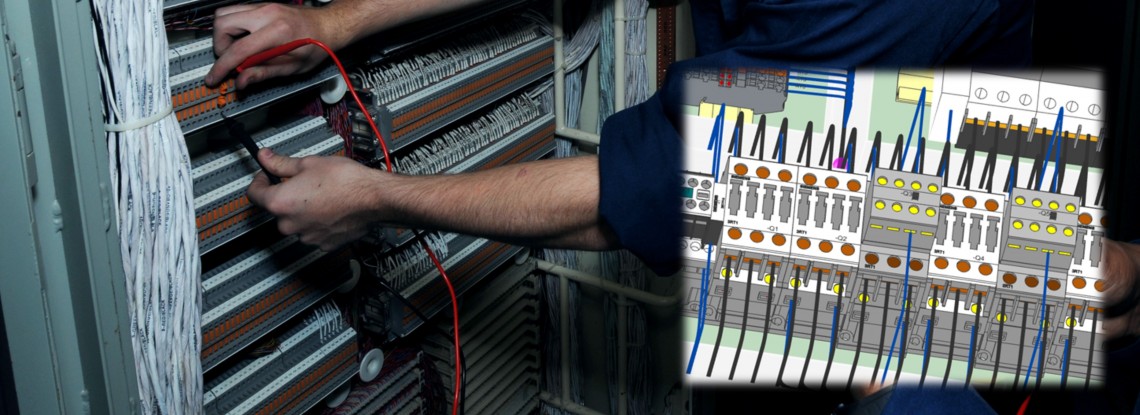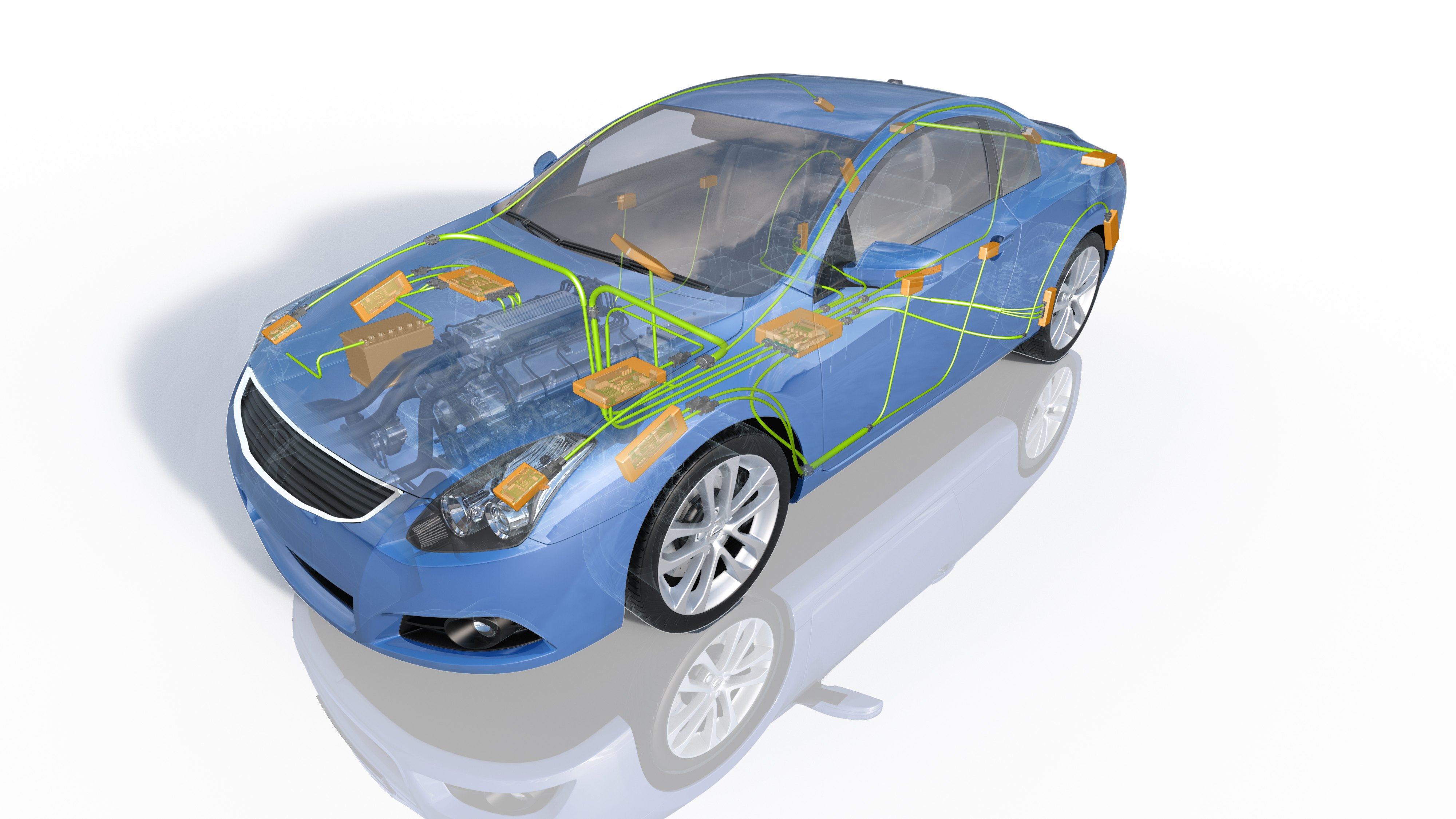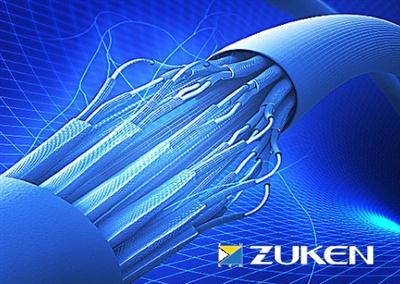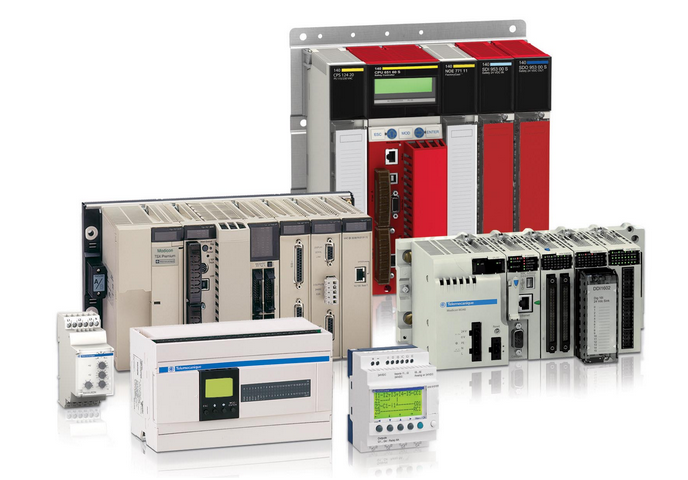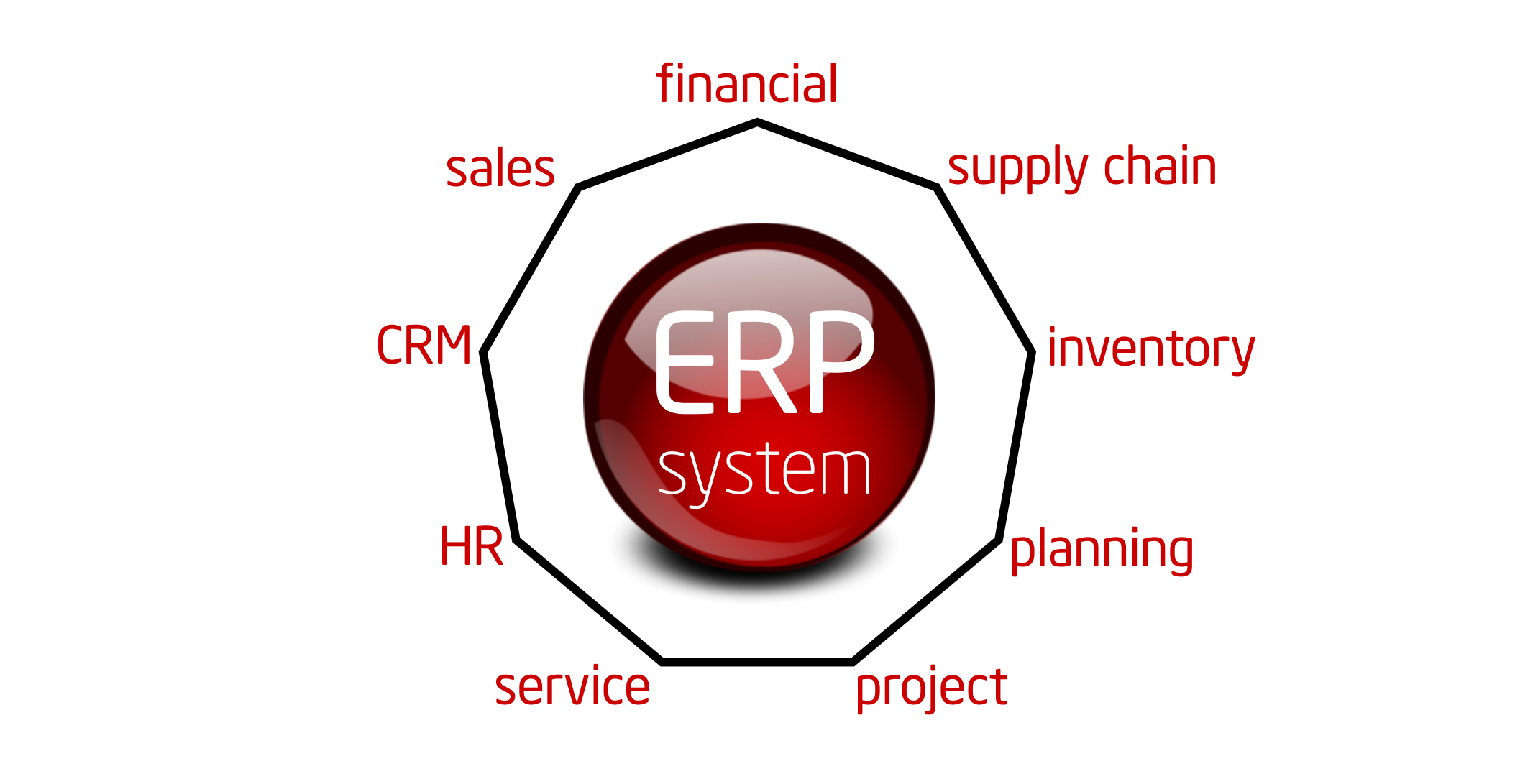Technology is growing at an impressively exponential rate leaving past innovation as a distant memory. Electrical design has evolved over the decades from using scratch paper, to draft schematics, to the use of CAD software. The original automobile was essentially a horse and carriage that transformed into a gas powered vehicle that travels at speeds that could never be achieved by horse.
Author's Posts
Power Plant energy efficiency is vital to maintain minimal consumption rate within the facility. Energy efficiency is the effective means of optimally configuring in house control systems to use only power necessary without waste. This article goes into the concerns when developing a facility and how energy efficiency is not an easy task.
Vehicular electronics is an important aspect of transportation design engineering. Buses, trucks, motorcycle, and of course cars all have multiple components that interact concurrently to provide data and power throughout any vehicle. Modern vehicles use real-time data to operator and perform properly. These systems include steering, braking, HVAC, engine management, and much more. Designing for these systems takes great attention to detail as many developers have concurrent forms of engineering that require multiple parties to design and manufacture the components separately. Lets use take a look at some of the operations an automotive engineer has to deal with and when setting up and designing electronic placement and how this can be improved upon.
Electric energy transmission from power plants to substation centers are growing with increasing power demand today. As transmission systems expand over the decades, excess capacity available on transmission lines seems to be consumed with system growth, or with transmission users developing more economical plans to meet the system demand. The expansion leads to more consumption which promotes more towards the expansion. Understanding the considerations and constraints involved with designing transmission systems will give engineers insight into how this affects operations and reliability.
Programmable logic controllers, or more commonly PLCs, are digital computers used for automating specific tasks or processes for a variety of applications. They can control machinery on assembly lines, roller coasters at amusement parks, or light fixtures. Nowadays, industrial automation is growing in demand for manufacturing facilities globally. Automation is becoming a central aspect in manufacturing as facilities are facing thin profit margins, and still working within just-in-time manufacturing methods. Companies are understanding that in order to deliver for these processes they must meet customer demand while operating at lower costs, mass production, customizable, and flexibility. The main objective of this article is to help facilities understand the benefit of switching from rough manual production lines to automating specific tasks with PLCs.
Advantages of Integrating your Electrical Design Process with your ERP System

Posted by Lucas Leão Dec 16, 2015
Having effective and efficient design process is essential in today’s world for competing with the top tier companies. A well structured system needs to be embedded in all independent stations throughout the company to set up an information network where information flows freely from one person to the next.
Work stations that work independently, lack of inventory accountability, misallocated resources, and poor documentation can inhibit even the mightiest of giants. Have a system installed that can communicate to everyone in the company and provide necessary information for product development, management, and manufacturing can speed up progress and efficiency.
This article takes a look at what the advantages are of ERP software and how it can benefit your company in all forms of design and manufacturing.
ERP systems have been around for a long time, and most are quite familiar about what benefits it can bring to a company. There are several case studies about how installation of an ERP system has made many corporate operations more streamlined, efficient, and agile. The situation is even better due to a large number of solutions that are available to cater the different companies in terms of size and business verticals.

